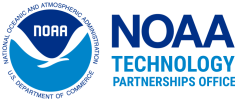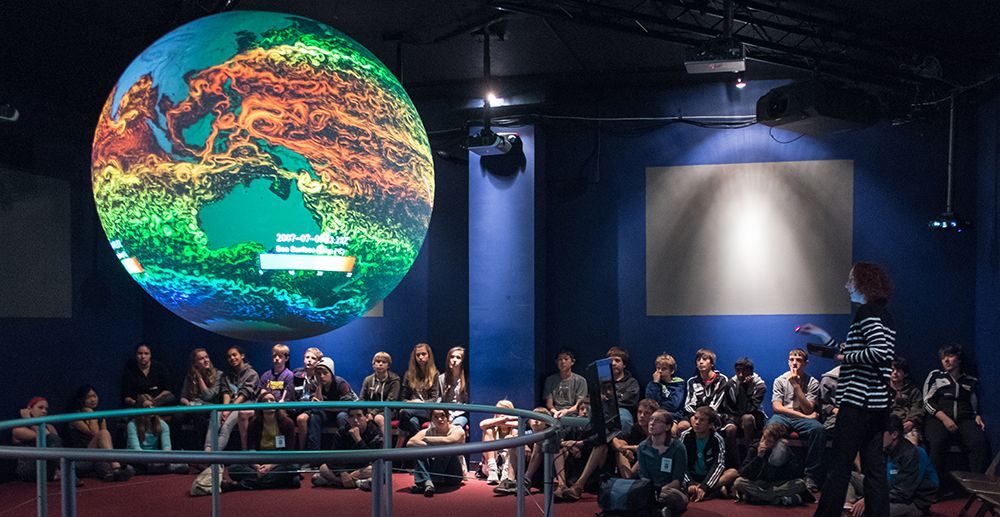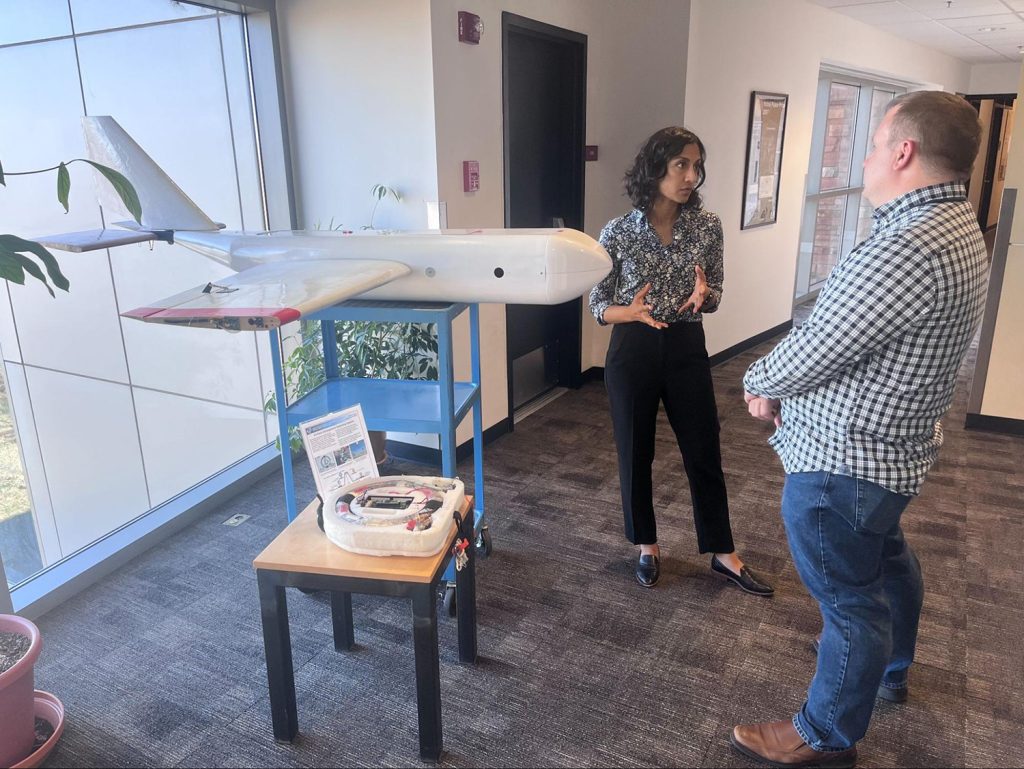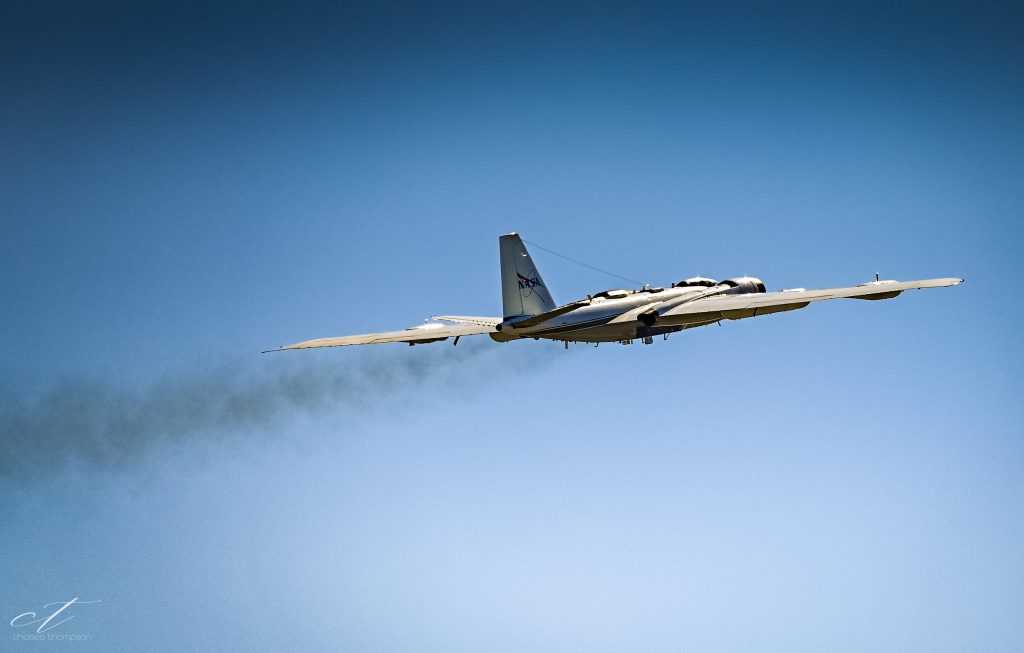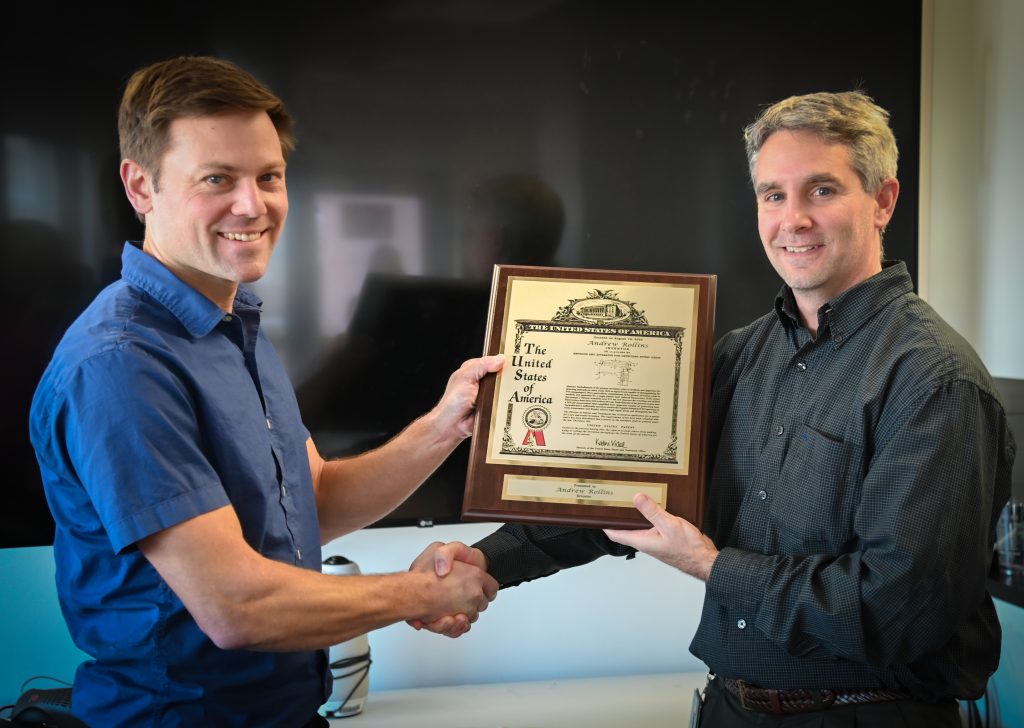From idea to impact: invention disclosure protects innovation and encourages scientific research
When federal researchers and staff create or invent something, they also create intellectual property (IP). As with all federal employees and agencies, NOAA staff are required to report all IP created during the course of their employment through a process called invention disclosure.
